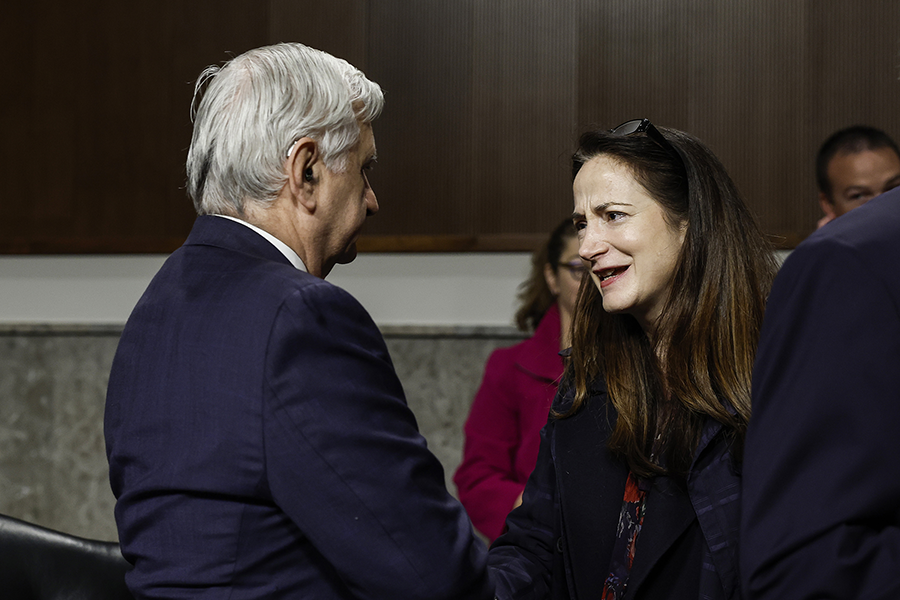"The Arms Control Association’s work is an important resource to legislators and policymakers when contemplating a new policy direction or decision."
Russian Use of Nuclear Weapons Still Unlikely, U.S. Says
June 2023
By Shannon Bugos
Ahead of a widely expected counteroffensive by Ukraine in its war with Russia, the U.S. intelligence community continues to assert that the likelihood of Russian President Vladimir Putin using nuclear weapons in the war remains low.
 “It is very unlikely” that Russia would employ nuclear weapons, Director of National Intelligence Avril Haines told Congress during a May 4 hearing.
“It is very unlikely” that Russia would employ nuclear weapons, Director of National Intelligence Avril Haines told Congress during a May 4 hearing.
Gen. Scott Berrier, director of the Defense Intelligence Agency, who also testified at the hearing, agreed with Haines, but added that, “in the nature of conflict, there is always that possibility” of nuclear weapons use.
The assessment followed Russia’s suspension in February of the 2010 New Strategic Arms Reduction Treaty (New START), the last Russian-U.S. nuclear arms control agreement still standing. (See ACT, March 2023.) Moscow has conditioned a resumption of the treaty and its associated activities, such as on-site inspections and detailed data exchanges, on Washington withdrawing support from Kyiv.
“Russia’s decision to suspend the [New] START may be reversible,” the Russian Foreign Ministry said in an April 20 statement. “However, for this, the United States must show political will and abandon its aggressive policy of undermining the security of our country, taking practical steps towards a real de-escalation.”
Despite the Russian suspension, the United States has continued to provide broad unclassified data on its strategic nuclear arsenal. In this year’s first biannual data exchange, Washington reported that it deploys 1,419 warheads on 662 delivery vehicles, roughly the same data as in September. (See ACT, November 2022.)
“The United States continues to view transparency among nuclear weapon states as extremely valuable for reducing the likelihood of misperception, miscalculation, and costly arms competitions,” the State Department said in a statement accompanying the publication of the data on May 12.
Russia and the United States have emphasized that they will continue to adhere to an ongoing 1988 Soviet-U.S. agreement that requires the two nations to exchange notifications of launches of intercontinental ballistic missiles (ICBMs) and submarine-launched ballistic missiles. Russia also expressed its intention to continue adhering to a 1989 Soviet-U.S. agreement that requires advance notification of major strategic exercises.
In mid-April, Russia announced a successful test of what the Russian Defense Ministry described as an “advanced” ground-based ICBM from the Kapustin Yar test site, with the training warhead hitting a mock target at the Sary-Shagan test site in Kazakhstan. (See ACT, May 2023.) The ministry said that the test was intended to “confirm the correctness of the circuit design and technical solutions” for the missile.
The ministry did not specify the type of ICBM, but experts suggest the test featured a nuclear-capable Sarmat ICBM.
On April 19, the United States tested a Minuteman III ICBM equipped with a reentry vehicle at Vandenberg Space Force Base in California. The Air Force said it traveled about 4,200 miles to the Kwajalein Atoll in the Marshall Islands. “This test launch reinforces what our allies and partners already know: We’re always ready to defend the United States with combat ready nuclear forces anytime, anywhere, on order, to conduct global strike,” stated Gen. Thomas Bussiere, commander of Air Force Global Strike Command.
